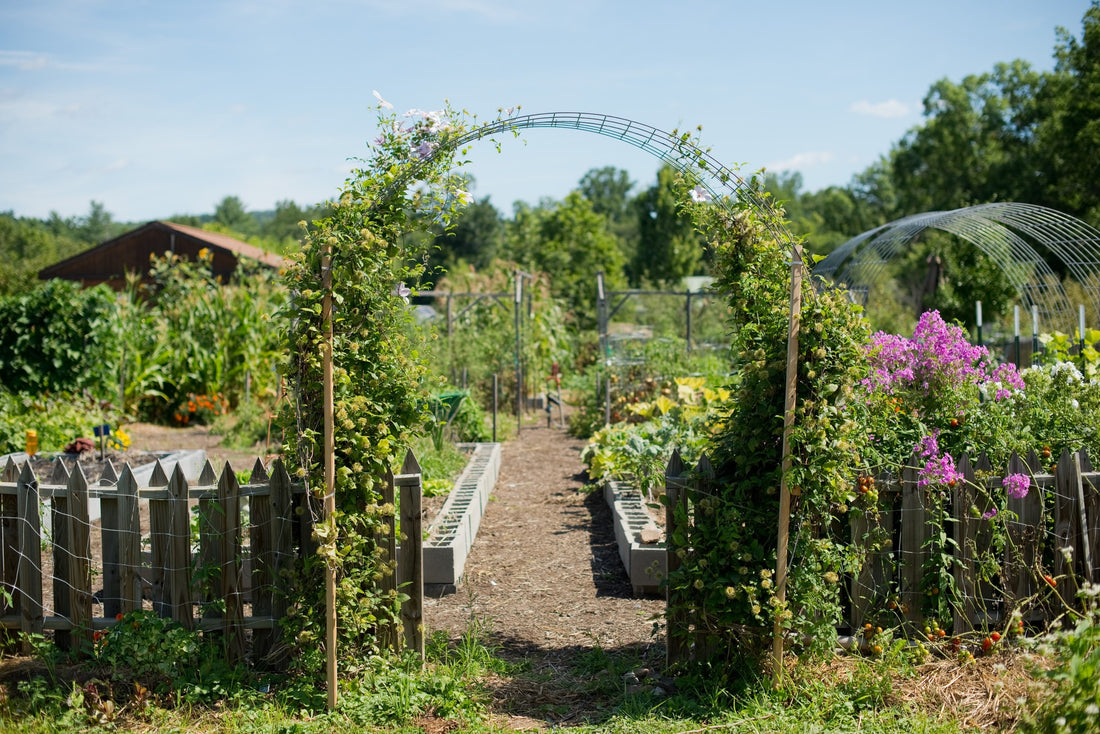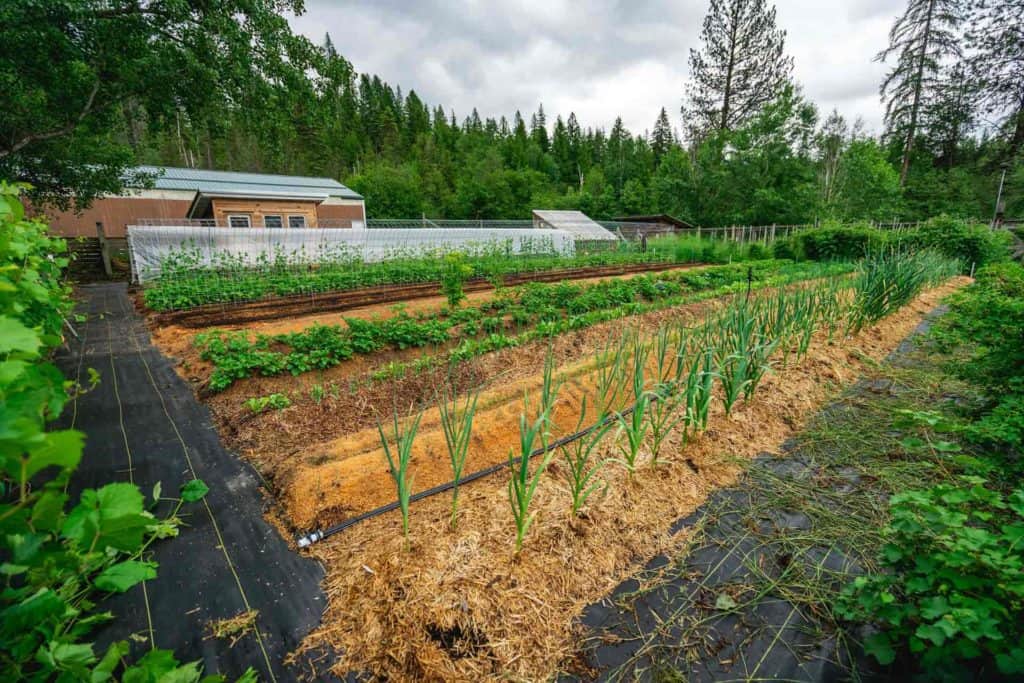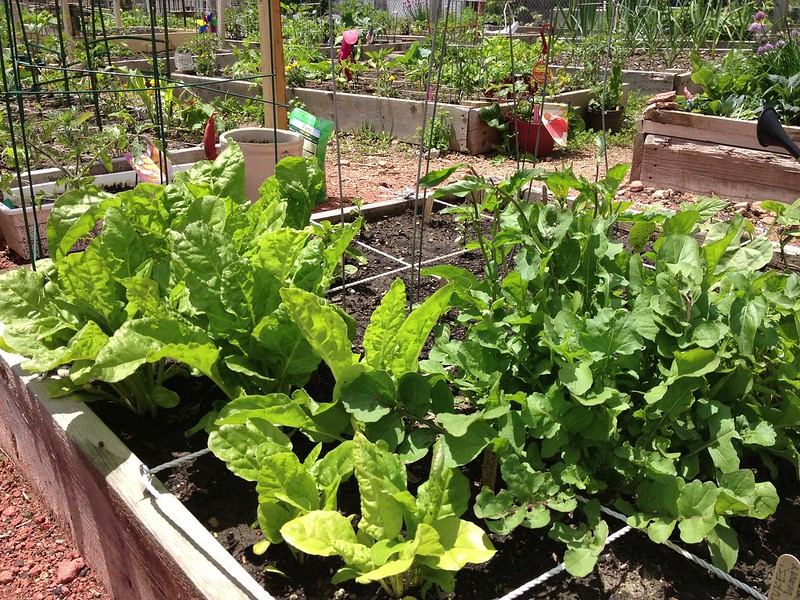Common Mistakes to Avoid in Homestead Gardening
Reveal the Keys to Developing a Lovely and Productive Gardening Room
Developing a attractive and productive gardening space is not merely a matter of growing flowers and vegetables; it requires a calculated technique that incorporates different essential components. From selecting the right location based on sunlight and dirt type to attentively developing your layout and selecting ideal plants, each choice plays a crucial function in the success of your yard. In addition, recurring upkeep is important to maintain its appeal and efficiency. As you ponder these elements, take into consideration just how they link to unlock the full possibility of your horticulture ventures. What particular approaches can boost your room past the normal?
Selecting the Right Place
Choosing the ideal area for your garden is critical to its success and total visual charm. The initial step in this procedure entails assessing sunlight direct exposure, as a lot of plants need at least 6 hours of direct sunlight daily (Homestead Gardening). A south-facing garden usually gets the most light, while shaded locations can impede development and flowering
In addition, consider dirt quality and drain. Well-draining soil is important to avoid water logged origins, which can lead to plant conditions. Carrying out a dirt test can offer valuable details pertaining to pH degrees and vitamins and mineral content, allowing you to modify the soil appropriately.
In addition, proximity to water resources is another variable to consider - Homestead Gardening. Having simple access to a hose or watering system can streamline the watering procedure and urge regular plant treatment. Wind protection is also vital; placing your yard near structures, such as wall surfaces or fencings, can protect it from severe winds that might damage delicate plants
Last but not least, take into consideration ease of access for maintenance and harvesting. A well-placed yard permits hassle-free access, ensuring that you can conveniently often tend to your plants without causing undue tension or disturbance. Thoughtful location selection lays the structure for a flourishing yard.
Choosing Plants Carefully
When selecting plants for your yard, it's important to consider elements such as environment, soil problems, and personal preferences to guarantee a harmonious and productive space. A comprehensive understanding of your neighborhood environment will guide you in choosing plants that thrive in your particular setting. Selecting drought-resistant ranges is useful in arid regions, while moisture-loving varieties may be much more appropriate for locations with high rains.
Soil problems are similarly important; carrying out a soil examination can expose pH degrees and nutrition content, allowing you to choose plants that will prosper. Indigenous plants are typically an outstanding selection, as they are commonly well-adapted to regional dirt kinds and require much less maintenance.
In addition, consider your gardening objectives. Are you aiming for a decorative display, a veggie garden, or probably a combination of both? This will certainly influence your options substantially. Show on your individual preferences-- picking plants that resonate with your aesthetic preferences will improve your enjoyment and commitment to keeping your garden. By very carefully evaluating these aspects, you can develop a diverse Resources and successful plant choice that boosts your gardening experience.
Creating Your Yard Layout
With a thoughtfully selected plant choice in hand, the following action is to produce a garden design that takes full advantage of both elegance and capability. Begin by assessing the available space, thinking about Recommended Reading aspects such as sunshine, color, and wind patterns. A tactical design must integrate different zones, including areas for planting, pathways, and perhaps seating.
Beginning with bigger plants or prime focus, such as trees or tall perennials, put tactically to produce visual interest. Layer smaller sized plants ahead to improve depth and texture. Consider the development behaviors of your picked plants; taller ranges should be positioned at the back or facility of beds, while much shorter ones can line the edges.
Incorporating pathways not just assists in gain access to for maintenance however also invites exploration. Use materials that complement the garden's general aesthetic, whether wood, stone, or crushed rock chips.
Furthermore, consider seasonal adjustments and how your layout will look throughout the year. Incorporating evergreens along with seasonal blossoms can guarantee year-round beauty. Inevitably, a well-designed yard design harmonizes the all-natural charm of plants with sensible factors to consider, resulting in a room that is both inviting and effective.
Enhancing Soil Wellness

To boost soil health and wellness, start by performing a soil test to evaluate pH degrees, vitamins and mineral web content, and soil texture. Integrate natural matter such as garden compost, well-rotted manure, or fallen leave mold to enhance dirt framework, water retention, and microbial task.
Mulching is an additional effective strategy; it not only saves wetness yet also reduces weeds and slowly enriches the soil as it breaks down. Preventing extreme tillage is essential, as it can interrupt dirt structure and damage beneficial organisms. Rather, take on no-till or very little tillage practices to maintain dirt honesty.

Maintaining Your Garden Efficiently
A well-kept garden gives pride and productivity, requiring consistent attention to make sure that plants prosper and the landscape stays inviting. Effective garden upkeep entails numerous crucial methods that improve the health of your plants and the overall aesthetic of your room.
Normal watering is critical; nonetheless, it is necessary to customize your watering routine based on the specific demands of your plants and neighborhood climate conditions. Mulching can aid preserve dampness, reduce weeds, and regulate dirt temperature level. In addition, prompt weeding stops competition for nutrients and resources, ensuring that your plants prosper.
Trimming is one more important job. It motivates healthy development, removes unhealthy or dead branches, and forms plants to preserve an appealing structure. Additionally, monitoring for illness and pests is crucial; early detection and intervention can conserve your plants from significant damages.
Fertilization must be performed attentively, using natural options whenever possible to advertise long-term dirt wellness. Lastly, seasonal jobs such as planting, splitting perennials, and planning for winter season will certainly ensure your garden continues to be dynamic year-round. By adhering to these practices vigilantly, you can grow a garden that is both efficient and attractive.
Conclusion
Selecting an appropriate location with ample sunshine, picking appropriate plants, developing an aesthetically pleasing layout, enhancing dirt health and wellness, and making sure routine maintenance are essential parts. By incorporating these methods, one can cultivate a growing yard that not only boosts the landscape yet likewise promotes ecological equilibrium and sustainability.
From choosing the right location based on sunshine and dirt type to thoughtfully making your design and choosing suitable plants, each choice plays an essential function in the success of your garden. Well-draining soil is essential to prevent water logged roots, which can lead to plant illness.When selecting plants for your garden, it's important to consider factors such as climate, dirt conditions, and individual preferences to make certain a efficient and unified space. Inevitably, a properly designed garden format balances the all-natural appeal of plants with practical factors to consider, resulting in a space that is both welcoming and productive.
